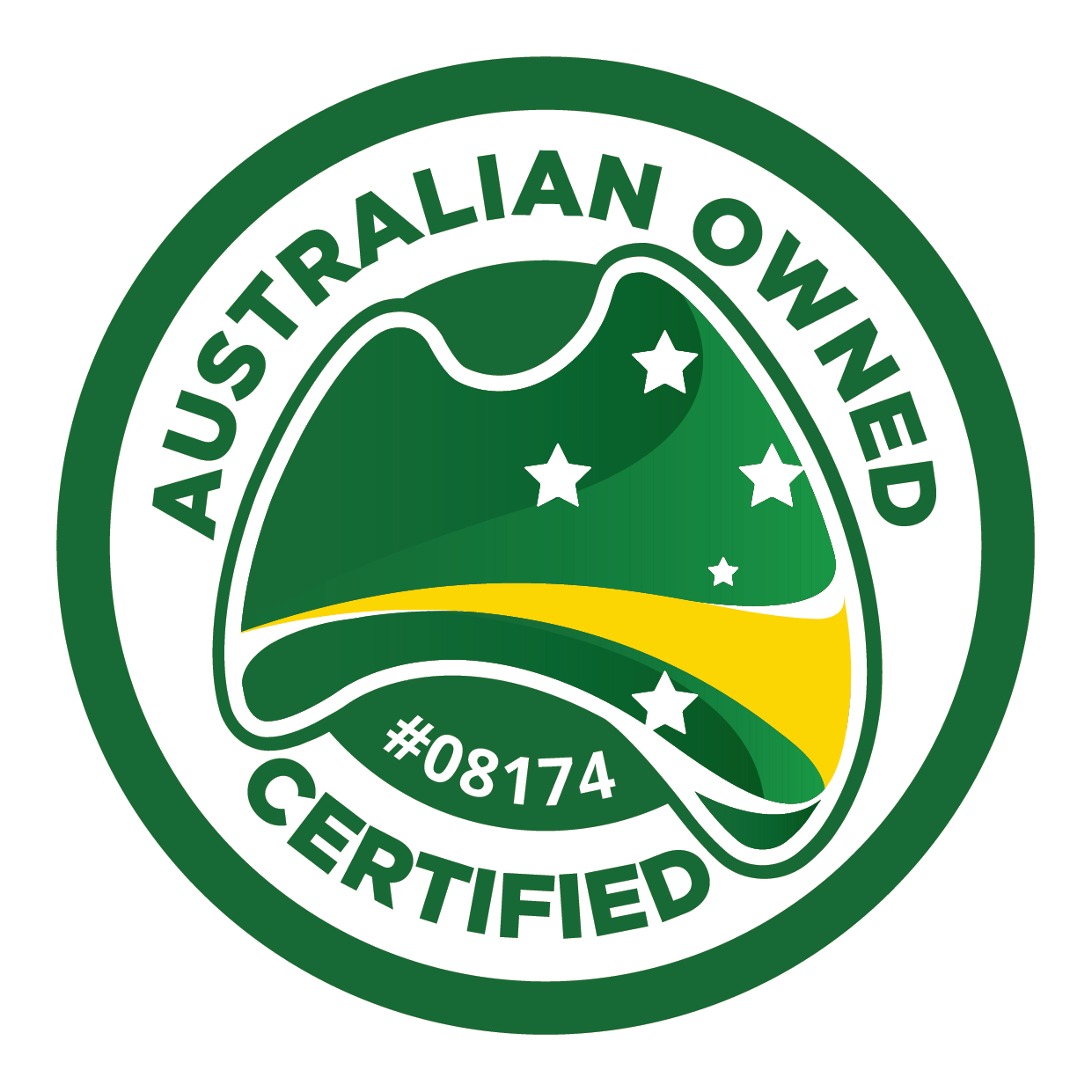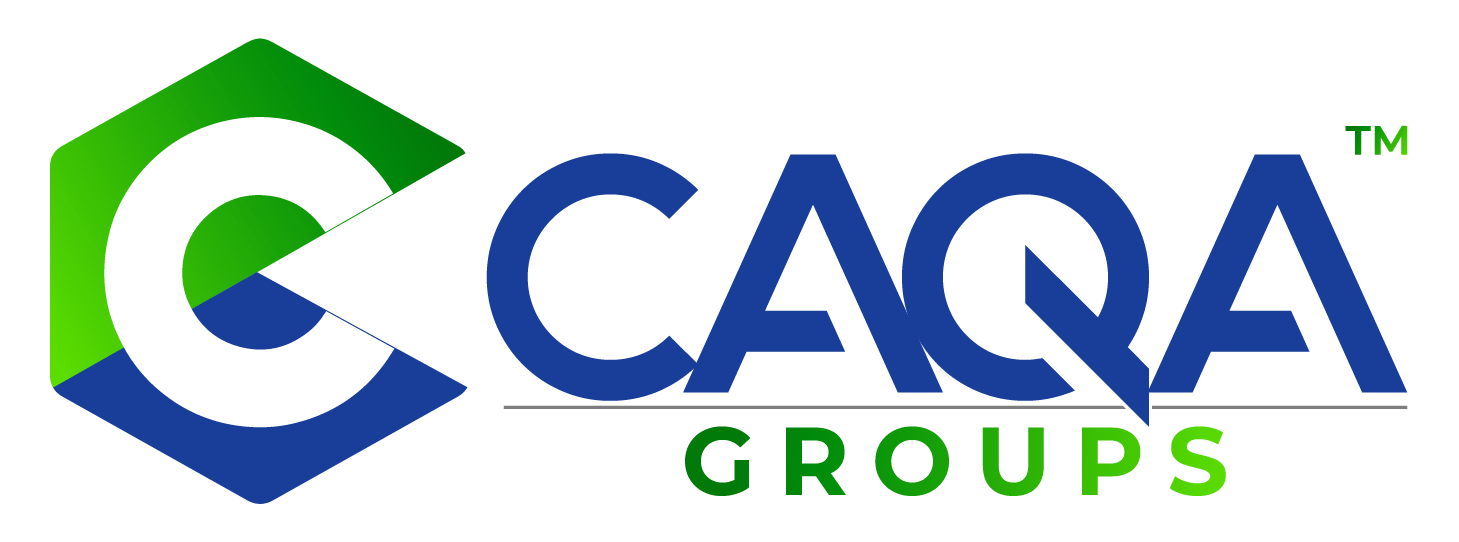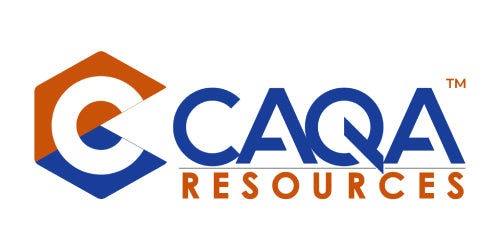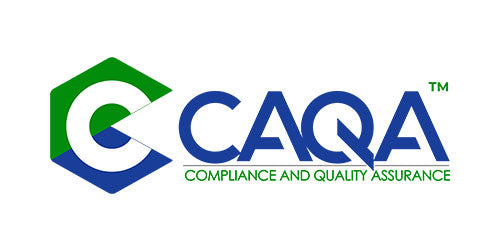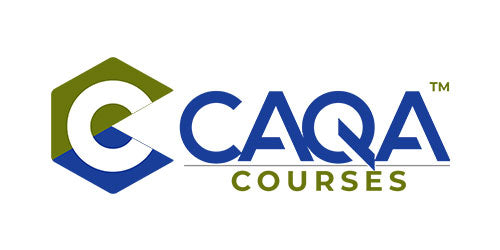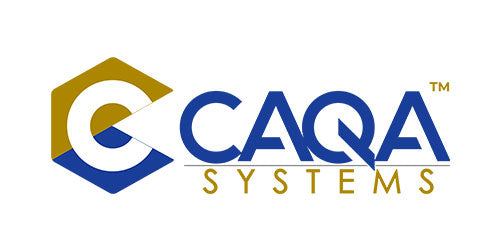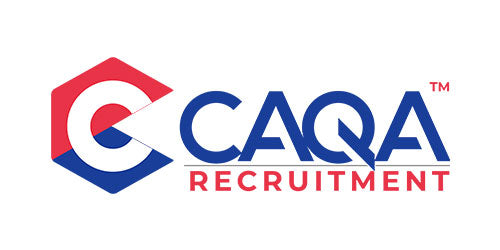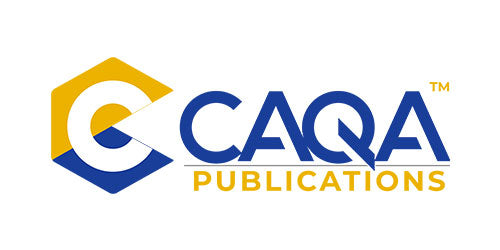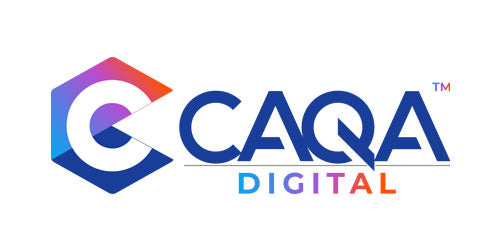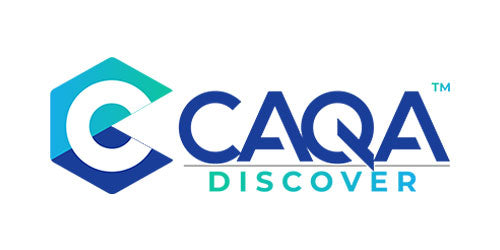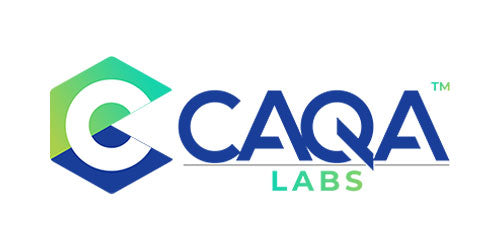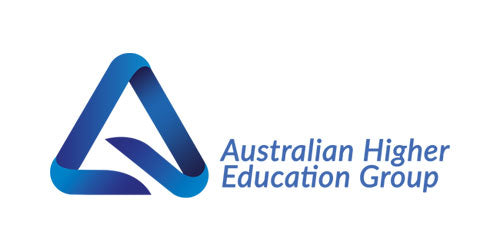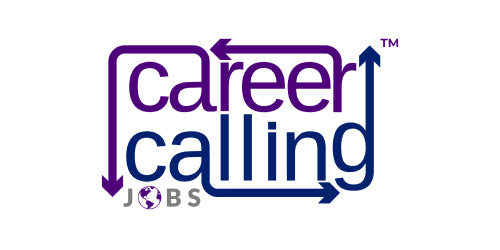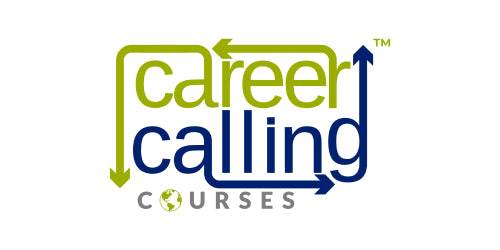Fact Sheet: Transition and teach out
Compliance requirements and guidelines:
This Fact Sheet has been developed and produced to assist Registered Training Organisations (RTOs) in understanding the transition and teach out arrangements stated in Clauses 1.26 and 1.27 of the Standards for Registered Training Organisations (RTOs) 2015.
Clause 1.26
Subject to clause 1.27 and unless otherwise approved by the VET Regulator, the RTO ensures that:
- where a training product on its scope of registration is superseded, all learners’ training and assessment is completed and the relevant AQF certification documentation is issued or learners are transferred into its replacement, within a period of one year from the date the replacement training product was released on the national register
- where an AQF qualification is no longer current and has not been superseded, all learners’ training and assessment is completed and the relevant AQF certification documentation issued within a period of two years from the date the AQF qualification was removed or deleted from the national register
- where a skill set, unit of competency, accredited short course or module is no longer current and has not been superseded, all learners’ training and assessment is completed and the relevant AQF certification documentation issued within a period of one year from the date the skill set, unit of competency, accredited short course or module was removed or deleted from the national register
- a new learner does not commence training and assessment in a training product that has been removed or deleted from the national register.
Clause 1.27
The requirements specified in clause 1.26 (a) do not apply where a training package requires the delivery of a superseded unit of competency.
Source: https://www.asqa.gov.au/standards/training-assessment/clauses-1.26-1.27
Interpretation of the regulatory requirements
This Fact Sheet outlines the options and responsibilities of registered training organisations (RTOs) in the event that training products advertised on training.gov.au have changed.
There are two types of modifications that could occur:
- A training product is superseded by a new version of the training product, for example, a new version of qualification, skill set, or unit of competency that is more up to date and current. Or
- A training product has been removed or deleted from the system, and it has not been replaced by another training product. Teaching out times for a qualification or approved course differ from those for a skill set, unit, or competency, and the rules for each are different.
Important bits of information
| Criteria | Explanation | Comments |
| The time period to transition to a new training product if a training product (qualification, skill set, unit of competency, accredited short course or module) gets superseded | One year period from the date the replacement training product was released on the national register | If the training period is not extended by the regulatory body according to their discretion> |
| The time period to complete all training and assessment and issue AQF qualification certification or statement of attainment if a training product (qualification, skill set, unit of competency, accredited short course or module) gets deleted or removed from the national register | Two years period from the date the replacement training product was released on the national register | If the training period is not extended by the regulatory body according to their discretion |
| When the enrolment should terminate in a training product (qualification, skill set, unit of competency, accredited short course or module)? | A new learner should not begin training and assessment in a training product that has been removed from or deleted from the national register. | |
| Are these requirements applicable to the core or elective units of competency that is mentioned in the training package? | No | Clause 1.27 clearly states that the requirements specified in clause 1.26 (a) do not apply where a training package requires the delivery of a superseded unit of competency. |
| Do you need to apply to add on scope again if a course is deemed superseded and not equivalent? | Yes | |
| Can I market the superseded training product? | Not recommended | |
| Can I enrol students in qualifications that are superseded from the national training register | Not recommended | You are permitted to do so, but we do not recommend that you do so. |
| Can I enrol students in qualifications that are removed or deleted from the national training register? | No | If a training product has been removed or deleted from the National Training Register, you cannot enrol a student in that product. |
Description:
Students should be given adequate opportunity to complete the course of study in which they are enrolled, and training organisations should be committed to ensuring that this occurs. However, there may be instances in which it is deemed necessary to discontinue a course and place students in a "transition and teach-out" mode as a result of the circumstances.
A clear and equitable strategy should be implemented when it is determined that a course needs to be discontinued and students are placed in a transition and teach-out mode by the training organisation. The overarching principle guiding the plan and its implementation should be to guarantee that students are not disadvantaged by the choice to terminate a course or to discontinue enrolment in it.
Transition and Teach-Out Planning should be included as a responsibility to all training managers and trainers and assessors.
It is an important task to understand and identify what is in the best interests of your learners.
To make sure that the transition or teach-out process is successful, training providers should plan it in advance.
What should you consider?
There are a number of things that you must consider when planning the transition and teach out periods, they are:
- The responsibilities of who is accountable for what should be discussed in detail.
- Awareness of when a training product gets superseded, deleted or removed and their implications
- The transition period applicable to each training product
- What actions do you need to take?
- Have you considered the impact of superseded training products?
- Have you conducted the industry consultation on revised/updated/new training and assessment strategy, training materials and practices, facilities, equipment and resources required or trainer and assessor competencies?
- Have you updated the continuous improvement register with all these changes and who is responsible for what and when?
- Do you need to RPL students or credit transfer their completed units of competency?
- Prepared and lodged the application to get the new training product on your RTO’s scope of registration
- Gap analysis exercises
- Comprehensive analysis of what changed in the training product
- Learners who are at risk of not finishing their training product within the transition period should be managed appropriately.
- Learners who will be genuinely disadvantaged if transferred from the superseded training product.
- What gap training and/or gap assessment is required?
- How will this gap training and/or gap assessment be carried out?
- Maintaining open lines of communication with all stakeholders, including your management team and students
- Provided students options that either they can leave with a statement of attainments for the units successfully completed or transition to the new training product.
- Informing the current and prospective learners about the changes implemented and their effects on them
- Requirements for documentation
- Subscription to information sources (from the National Register, training.gov.au and Australian Industry Skills Committee (AISC) (Skills for Australia or its successor) to keep you notified of any changes.
- Learner details for those who have been impacted by a superseded or deleted and removed training product.
- Evidence of mapping from the superseded training product to the current training product
- When to cease enrolments in the superseded training products
- When to commence enrolments in the new training products
- What to update and who and when to update the marketing materials and all other RTO materials
- All records of the transition process should be kept securely with a sample of student files affected by transition arrangements.
















